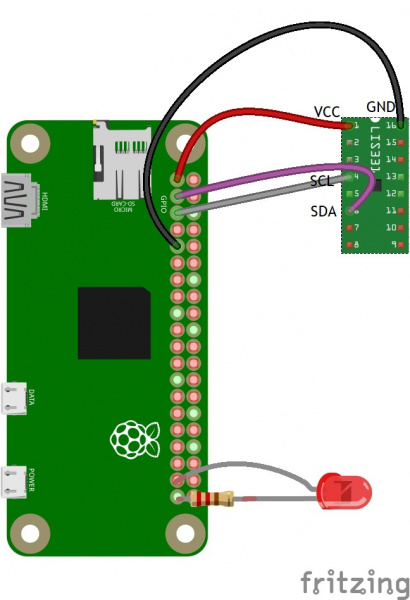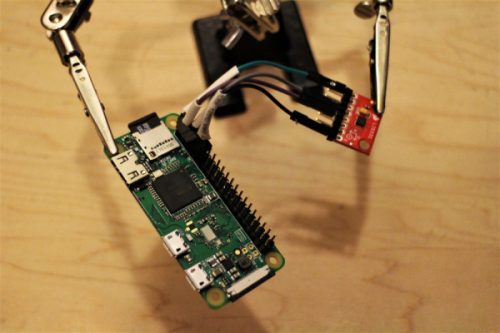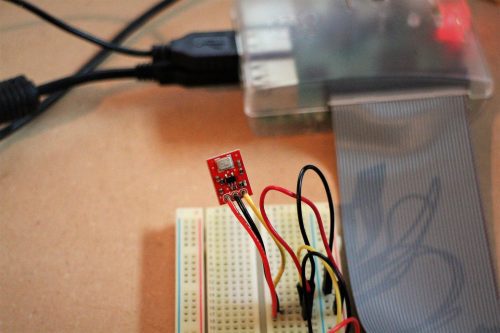Jennifer Fox is back, this time with a Raspberry Pi Zero–controlled impact force monitor that will notify you if your collision is a worth a trip to the doctor.
Make an Impact Force Monitor!
Check out my latest Hacker in Residence project for SparkFun Electronics: the Helmet Guardian! It’s a Pi Zero powered impact force monitor that turns on an LED if your head/body experiences a potentially dangerous impact. Install in your sports helmets, bicycle, or car to keep track of impact and inform you when it’s time to visit the doctor.
Concussion
We’ve all knocked our heads at least once in our lives, maybe due to tripping over a loose paving slab, or to falling off a bike, or to walking into the corner of the overhead cupboard door for the third time this week — will I ever learn?! More often than not, even when we’re seeing stars, we brush off the accident and continue with our day, oblivious to the long-term damage we may be doing.
Force of impact
After some thorough research, Jennifer Fox, founder of FoxBot Industries, concluded that forces of 4 to 6 G sustained for more than a few seconds are dangerous to the human body. With this in mind, she decided to use a Raspberry Pi Zero W and an accelerometer to create helmet with an impact force monitor that notifies its wearer if this level of G-force has been met.

Obviously, if you do have a serious fall, you should always seek medical advice. This project is an example of how affordable technology can be used to create medical and citizen science builds, and not a replacement for professional medical services.
Setting up the impact monitor
Jennifer’s monitor requires only a few pieces of tech: a Zero W, an accelerometer and breakout board, a rechargeable USB battery, and an LED, plus the standard wires and resistors for these components.
After installing Raspbian, Jennifer enabled SSH and I2C on the Zero W to make it run headlessly, and then accessed it from a laptop. This allows her to control the Pi without physically connecting to it, and it makes for a wireless finished project.
Jen wired the Pi to the accelerometer breakout board and LED as shown in the schematic below.

The LED acts as a signal of significant impacts, turning on when the G-force threshold is reached, and not turning off again until the program is reset.

Make your own and more
Jennifer’s full code for the impact monitor is on GitHub, and she’s put together a complete tutorial on SparkFun’s website.
For more tutorials from Jennifer Fox, such as her ‘Bark Back’ IoT Pet Monitor, be sure to follow her on YouTube. And for similar projects, check out Matt’s smart bike light and Amelia Day’s physical therapy soccer ball.
Website: LINK


